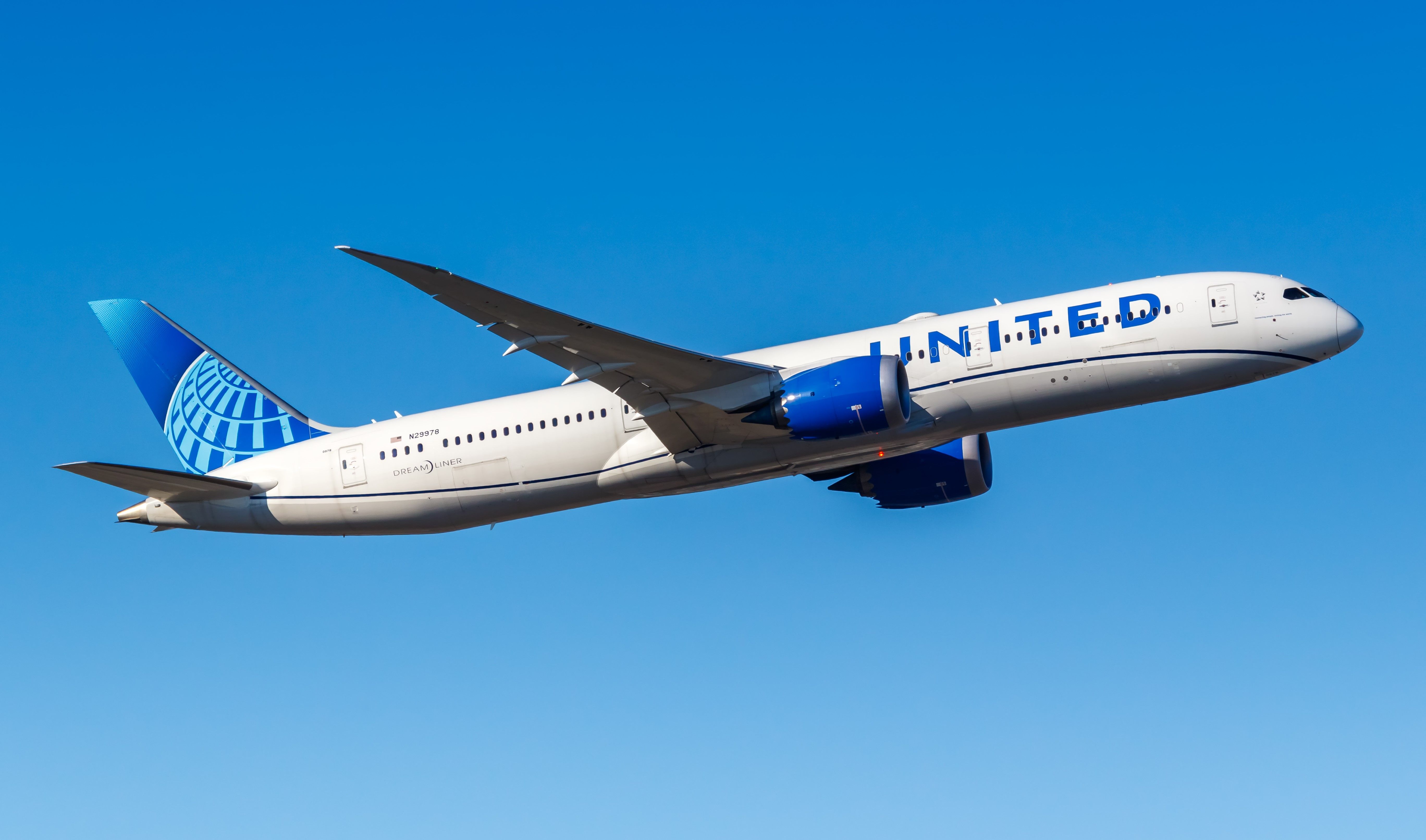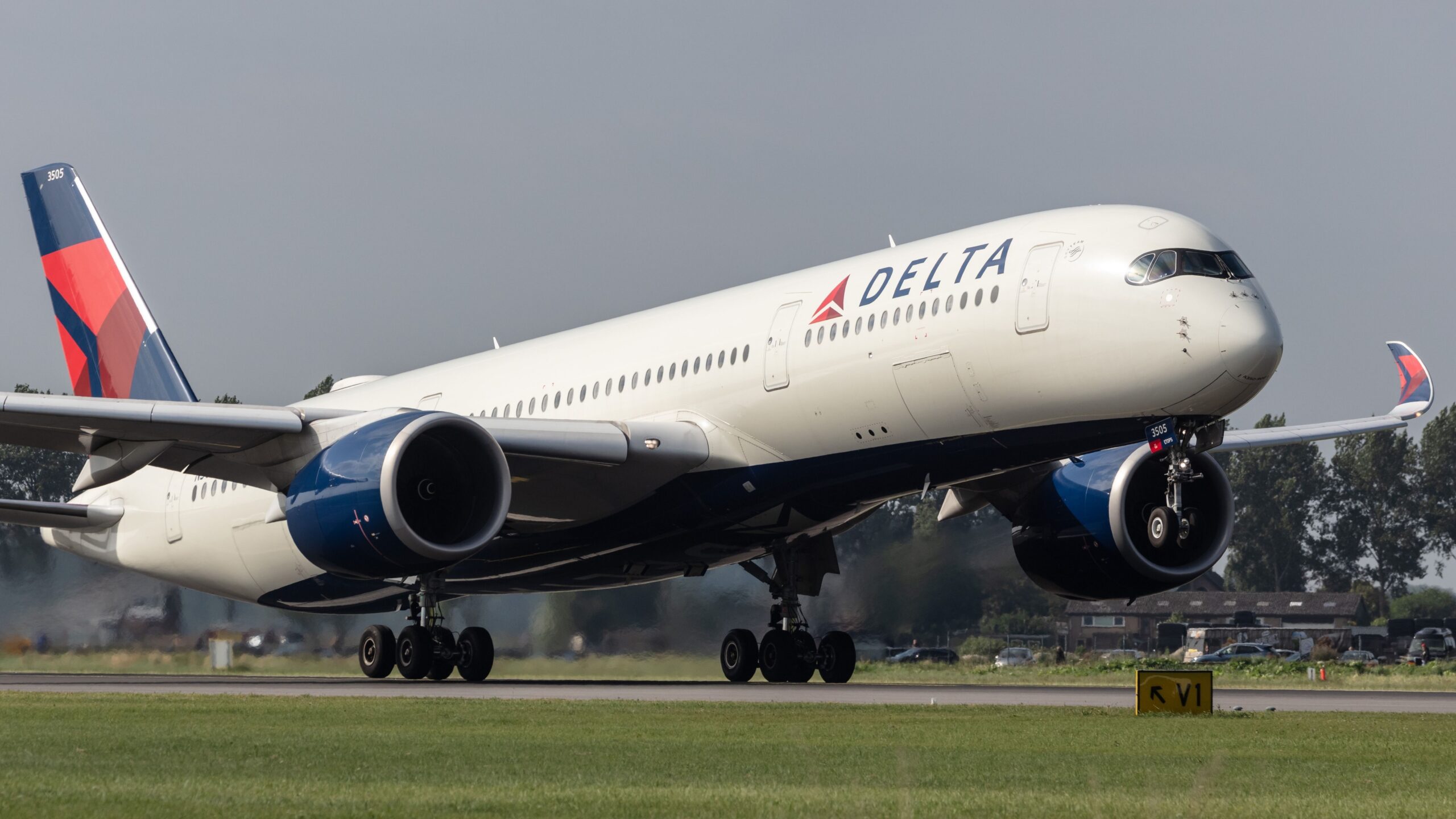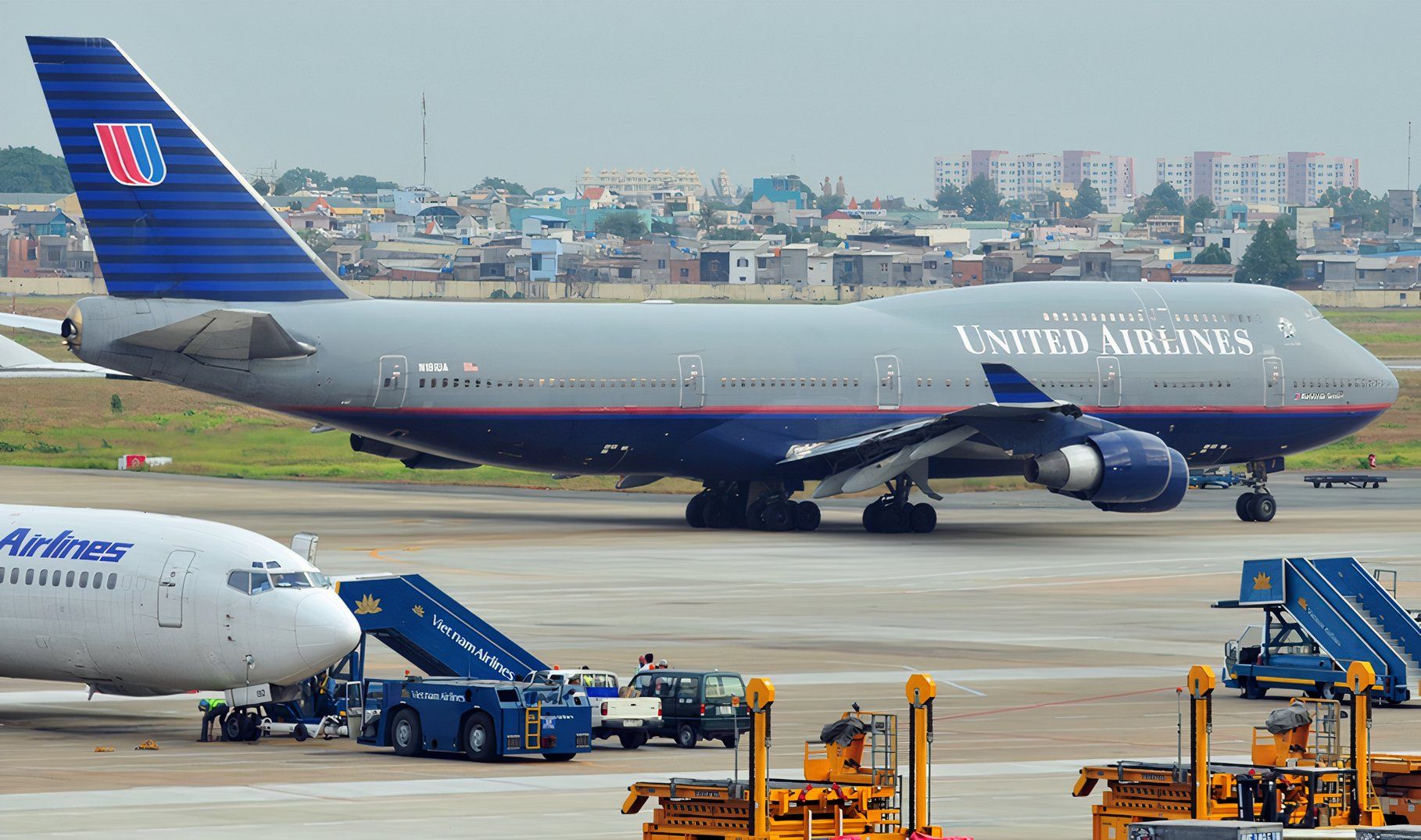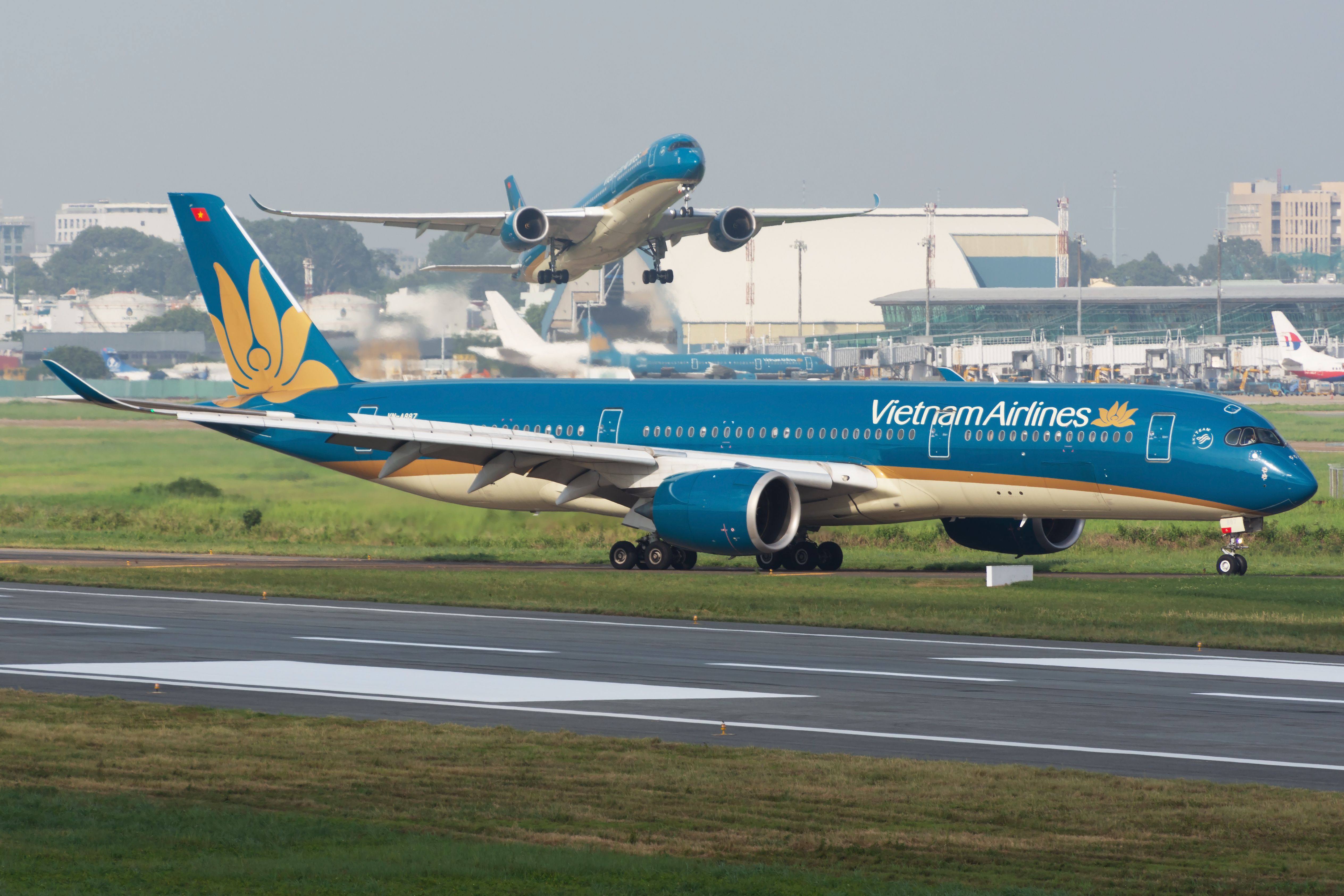Thanks in part to huge levels of diaspora, geographic positions, and airline hubs, Los Angeles International Airport
and San Francisco International Airport
they are the USA’s leading gateways to Asia-Pacific (excluding the Middle East).
When destination city-level point-to-point booking data for the 12 months to July 2024 is examined, which combined those who flew non-stop, one-stop, and changed planes en route, the results show which is the larger market:
- Los Angeles’s top 30 Asia-Pacific cities had ~4.6 million roundtrip passengers
- San Francisco’s top 30 cities had ~three million passengers

Related
Speculation Is Rife—Will United Airlines Announce Bangkok Or Vietnam Flights?
United is to add another Asian destination, which will be announced in early October. This is described as a “different and high-volume” place based partly on the success of San Francisco-Manila, a high-volume, long, and historically low-yielding market. Manila also spurred Cebu, with United flights starting later this month from Tokyo.
Gossip suggests that Bangkok or Ho Chi Minh City may materialize. Vietnam Airlines already serves San Francisco, while Air Canada has Vancouver-Bangkok. Thai Airways had non-stop Bangkok-Los Angeles flights until 2012 and JFK until 2008, both on the gas-guzzling A340-500. The carrier also had a one-stop Los Angeles service until 2015.
United has flown to Bangkok and Ho Chi Minh before: the Thai capital from Tokyo until 2014 and the Vietnamese city from Hong Kong until 2016. Other US operators also served them.
While uncertain, the destination to be announced will hopefully be flown non-stop from San Francisco, United’s Pacific hub, and presumably on
Los Angeles to Asia-Pacific: top 30 cities
They are shown below. Roundtrip traffic totaled ~4.6 million passengers, equivalent to more than 6,000 passengers daily each way, ignoring seasonality. Chinese cities, in particular, were down compared to before the pandemic. Unserved cities are shown in bold.
- Tokyo: 956,000 (Los Angeles’ third-largest international market)
- Seoul: 562,000
- Manila: 383,000
- Sydney: 301,000
- Ho Chi Minh City: 255,000 (previously served by United via Hong Kong until 2008 on the 747-400 and via Tokyo with Northwest)
- Taipei: 207,000
- Shanghai: 194,000
- Bangkok: 187,000 (served by Thai Airways until 2015 and Delta via Tokyo until 2016)
- Auckland: 142,000
- Singapore: 128,000
- Melbourne: 125,000
- Beijing: 135,000
- Delhi: 98,000 (served by Air India via Frankfurt until 2008; widely expected to begin non-stop flights)
- Osaka: 97,000
- Guangzhou: 90,000
- Brisbane: 91,000
- Mumbai: 71,000 (served by Air India via Frankfurt until 2006)
- Denpasar Bali: 69,000 (in 2020, it was said that Garuda would begin Los Angeles flights)
- Jakarta: 63,000 (Garuda said it would start Los Angeles flights in 2017 via Tokyo)
- Chengdu: 62,000
- Hanoi: 45,000
- Kuala Lumpur: 37,000 (served by Malaysia Airlines via Taipei until 2012 and via Tokyo until 2014)
- Cebu: 36,000 (United begins Tokyo-Cebu later in October, with Los Angeles through flights)
- Phnom Penh: 35,000
- Perth: 34,000
- Bengaluru: 33,000
- Da Nang: 32,000
- Adelaide: 29,000
- Xiamen: 28,000
- Hyderabad: 26,000
Photo: Patrick Weis | Shutterstock
Will Ho Chi Minh be served non-stop?
The Vietnamese city was Los Angeles’ fifth-largest Asia-Pacific market in the analyzed year and its largest unserved market in the region. It had a considerable 255,000 roundtrip point-to-point passengers, or 349 passengers daily each way. This is a significant volume, hence previously being served, albeit on a one-stop basis years ago.
Photo: Son Trinh
A huge market, but…
Any market with a PDEW of 349 would usually be easily served. Of course, it is not that simple. Los Angeles-Ho Chi Minh City is a very long way—7,098 nautical miles (13,146 km) each way.
Given the distance, it needs lots of premium traffic to work commercially and justify a non-stop service, even with very efficient twin-engine equipment nowadays. The market does not have this, as reflected in the low base fare of just $613 one-way for all airlines, passengers, and classes.
Photo: Minh K Tran | Shutterstock
But who knows?
As Vietnam Airlines serves Ho Chi Minh City-San Francisco, Los Angeles may materialize at some point, especially as it has 75,000 more passengers. Given very similar base fares and despite Los Angeles being a longer market, yields were similar. Will it join the Vietnamese flag carrier’s network?



